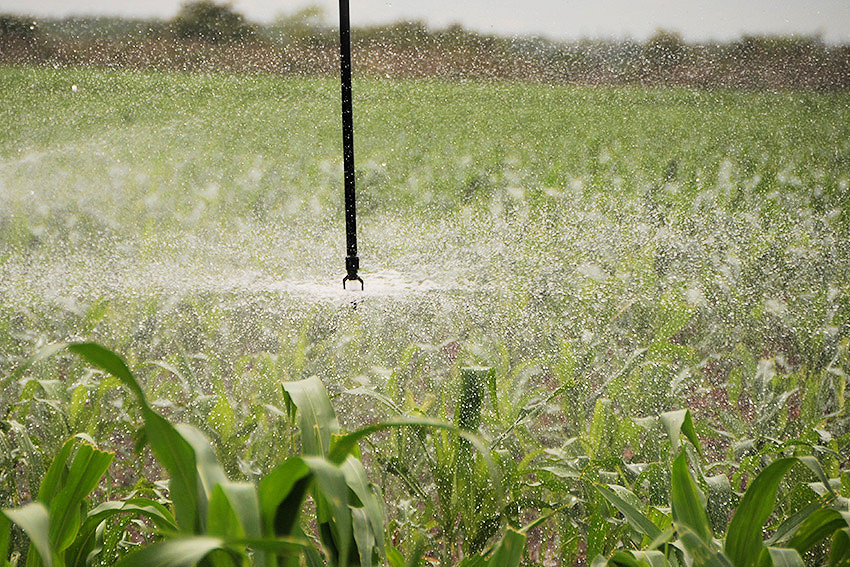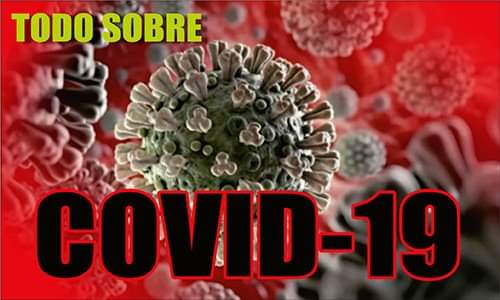
The province of Las Tunas has a difficult situation for the irrigation of various crops that are sown as part of the cold season, due to the low availability of appropriate technology to ensure moisture in the fields.
Las Tunas, Cuba.- According to sources from the delegation of the Ministry of Agriculture, the territory of Las Tunas works with a balance of more than 31,600 hectares (ha) dedicated to grain, viands, fruit, and vegetable plantations. Of this area, only some 5,343 ha, or around six percent, are irrigated.
Some of the existing infrastructure lacks spare parts, and among those that are still in use, the equipment donated by the now-completed Rural Cooperative Development Project in the Eastern Region, Prodecor, and the Local Agricultural Innovation Project, Pial, stand out.
Also significant are the contributions of the Support Project for Agricultural Intercooperation, Apocoop, and the Project for Increasing Climate Resilience of Rural Households and Communities through the Rehabilitation of Productive Landscapes in Selected Localities of the Republic of Cuba, known as IRES.
Producers in the eight municipalities that do not have irrigation systems constantly apply alternatives to water their crops, sometimes with the use of pipes and other times with the irrigation technique, although it is not a soil-friendly practice.
However, as this is the province with the lowest average rainfall, most of the state and private sector growers use dry farming, a method of cultivation in which there is no artificial irrigation, as only the downpours are used.
Fortunately, there is now a guarantee of the liquid in the dams and micro-dams managed by the agricultural sector, as the territory benefited from the June rains, which also favored the underground basins for extraction by turbines and windmills.





